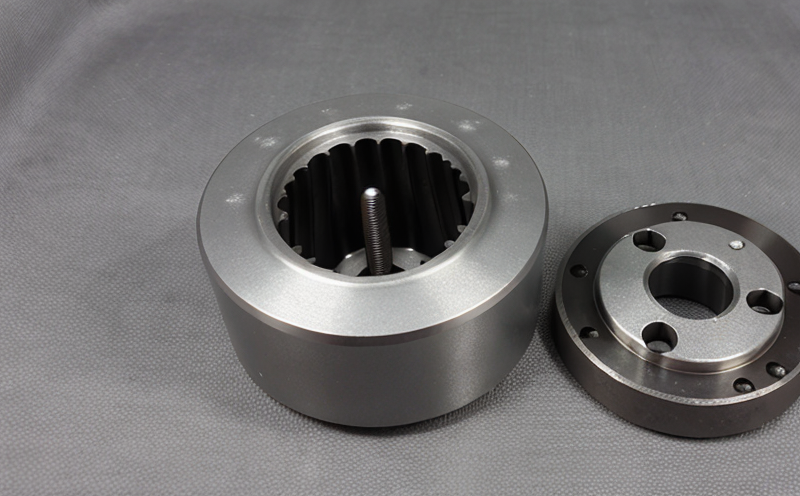ASTM F3187 Additive Manufacturing Powder Characterization
The ASTM F3187 standard provides a comprehensive approach to evaluating the quality and consistency of additive manufacturing (AM) powder materials, which is critical for ensuring high-performance parts in industries like aerospace, automotive, and medical devices. This test focuses on key parameters that define the physical properties of AM powders, such as particle size distribution, shape, surface area, and density.
The process begins with a thorough characterization of the raw powder materials, which involves various analytical techniques to assess these critical characteristics. Particle size analysis is performed using laser diffraction or sieve analysis methods to determine the distribution of particle sizes within the batch. This step ensures that the powder meets the required specifications for AM processes.
Shape and morphology are evaluated through scanning electron microscopy (SEM) imaging, which provides detailed insights into the geometry and structure of individual particles. Surface area is measured using gas adsorption techniques like BET (Brunauer-Emmett-Teller), while density is determined by measuring both bulk and true densities to ensure consistency across batches.
The ASTM F3187 standard also covers aspects related to homogeneity, which can significantly impact the final performance of AM parts. Homogeneity checks involve random sampling from different regions within a batch to ensure that all powders possess similar characteristics. This is essential for maintaining consistent process conditions and product quality throughout production runs.
Once characterized according to ASTM F3187 standards, these powders are used in various additive manufacturing processes such as laser powder bed fusion (LPBF), direct metal laser sintering (DMLS), or electron beam melting (EBM). Properly characterized powders contribute directly to improved part quality and reliability by reducing defects like porosity or lack of fusion.
Compliance with ASTM F3187 ensures that manufacturers meet industry standards for powder quality, thereby enhancing trust among customers who rely on dependable AM components. By adhering strictly to this standard during production, companies can demonstrate their commitment to excellence in material science and process control.
Why Choose This Test
- Ensures consistency of particle size distribution across batches
- Maintains uniformity in shape and morphology for optimal processing conditions
- Guarantees accurate surface area measurements to optimize coating efficiency
- Promotes consistent bulk density which affects flowability during handling
- Facilitates homogeneity checks ensuring batch-to-batch consistency
International Acceptance and Recognition
The ASTM F3187 standard has gained widespread acceptance among leading manufacturers of additive manufacturing materials. Its rigorous approach to powder characterization helps establish confidence in the quality of raw materials used in AM processes. Compliance with this standard not only enhances internal operational efficiency but also fosters stronger relationships with customers by providing transparent documentation about material properties.
Many organizations involved in aerospace, automotive, and medical device manufacturing have adopted ASTM F3187 as part of their quality assurance protocols due to its stringent criteria for powder assessment. This widespread adoption underscores the importance placed on meeting these standards when sourcing materials intended for use in high-stakes applications where precision is paramount.
Use Cases and Application Examples
| Industry Sector | Description of Use Case |
|---|---|
| Aerospace | Ensuring that AM powders meet stringent tolerances required for lightweight structural components like engine casings or turbine blades. |
| Automotive | Guaranteeing consistent performance in exhaust systems or transmission gears fabricated via AM technologies. |
| Medical Devices | Verifying that the powder quality adheres to strict bio-compatibility requirements for implants and prosthetics. |
| Date of Compliance | Description of Use Case |
|---|---|
| 2019 | First major revision of ASTM F3187 introduced more stringent guidelines on homogeneity testing to enhance batch reliability. |
| 2022 | New edition added enhanced methods for evaluating surface roughness and its impact on coating adhesion. |





